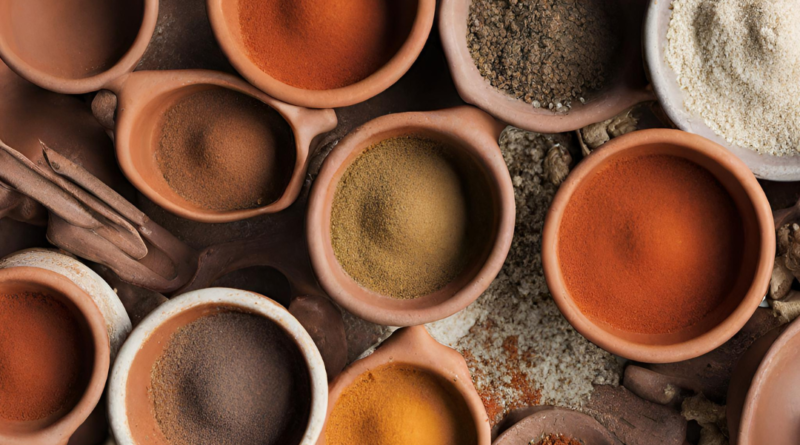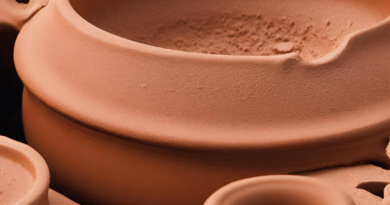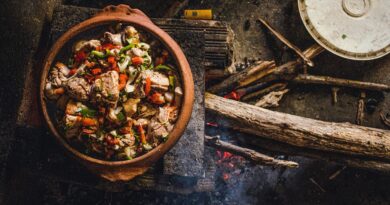What’s the history of Traditional clay ovens in Morrocan cuisine?
Traditional clay ovens, known as “tannurs,” have a long and rich history in Moroccan cuisine. These ovens have been a fundamental part of Moroccan culinary traditions for centuries, contributing to the creation of the country’s diverse and flavorful dishes. Here’s an overview of the history of traditional clay ovens in Moroccan cuisine:
1. Ancient Roots: The use of clay ovens in Morocco can be traced back to ancient times. Archaeological evidence suggests that similar ovens were used by the Berber people, the indigenous inhabitants of North Africa, long before the Arab influence.
2. Arab Influence: With the Arab expansion into North Africa in the 7th century, the use of clay ovens became more widespread. Arabs brought with them the practice of making flatbreads and baking them in clay ovens.
3. Bread Baking: Traditional Moroccan bread, particularly “khobz” (round, flatbread), has been baked in clay ovens for centuries. These ovens produce bread with a unique texture and flavor, characterized by a crispy exterior and a soft, chewy interior.
4. Tagines and Slow Cooking: While clay ovens are used for baking bread, the most iconic Moroccan cooking vessel is the clay tagine, a conical or dome-shaped pot with a lid. Tagines have been used for slow-cooking stews and braised dishes, allowing ingredients to simmer gently and absorb the flavors of spices and herbs.
5. Wood-Fired Ovens: Traditional Moroccan clay ovens are typically wood-fired, with wood or charcoal used to generate the heat needed for baking bread and slow-cooking tagines. The use of wood imparts a smoky flavor to the food.
6. Regional Variations: Different regions of Morocco may have their own variations of clay ovens and cooking methods. For example, in some areas, clay ovens are used to prepare roasted meats or couscous dishes.
7. Cultural Significance: Traditional Moroccan clay ovens hold cultural significance and are often central to communal gatherings and celebrations. Preparing and sharing food from clay ovens is an integral part of Moroccan hospitality and traditions.
8. Modern Usage: Even in the modern era, traditional clay ovens remain in use throughout Morocco. While modern kitchen appliances have become more common in urban areas, clay ovens are still prevalent in rural regions and in traditional Moroccan households. They continue to be an essential tool for both daily cooking and special occasions.
The history of traditional clay ovens in Moroccan cuisine reflects the enduring importance of these cooking vessels in preserving the authenticity and flavors of Moroccan dishes. The combination of wood-fired ovens and clay cookware has been integral to the creation of the country’s iconic cuisine, characterized by its aromatic spices, slow-cooked stews, and delicious bread.



